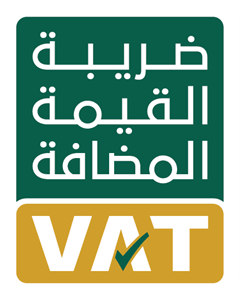Fundamentals of Control Systems: The Backbone of Intelligent Automation
web-development.

Course Modules:
Module 1: Introduction to Control Systems
What are control systems?
Open-loop vs. closed-loop control
Examples in real-world automation and robotics
Module 2: System Modeling and Dynamics
Representing physical systems with differential equations
Transfer functions and system response
Time-domain vs. frequency-domain analysis
Module 3: Feedback and Stability
The role of feedback in control systems
Stability criteria (e.g., Routh-Hurwitz, Nyquist)
Introduction to Bode plots and root locus
Module 4: PID Controllers
Proportional, Integral, and Derivative control explained
Tuning strategies: Ziegler–Nichols, trial-and-error
Implementing PID in code for simple applications
Module 5: Control Design in Practice
Controlling temperature, position, speed, and orientation
Noise, latency, and sensor dynamics
Real-world challenges in robotic and embedded control
Module 6: Capstone Project – Design a PID-Controlled System
Simulate a control task (e.g., temperature regulation, inverted pendulum)
Model the system and apply a PID controller
Submit simulation plots, controller parameters, and analysis
Tools & Technologies Used:
Python (Control Systems Library, NumPy, Matplotlib)
MATLAB/Simulink (optional)
Arduino or microcontroller (optional for hardware demo)
Webots, PyBullet (for robotics simulation)
Target Audience:
Robotics and mechanical engineering students
AI learners working on real-time control
Developers building smart machines
Hobbyists working on DIY automation systems
Global Learning Benefits:
Understand how systems maintain stability and react to change
Design control loops for physical and simulated machines
Apply control theory to automation, mechatronics, and AI
Build a strong foundation for advanced robotics and feedback systems
?Master Study NLP Fundamentals: The Foundation of Language Understanding in AI
?Shop our library of over one million titles and learn anytime
?? Learn with our expert tutors
Read Also About Robotic Perception & Sensor Fusion: Enabling Machines to See and Understand

